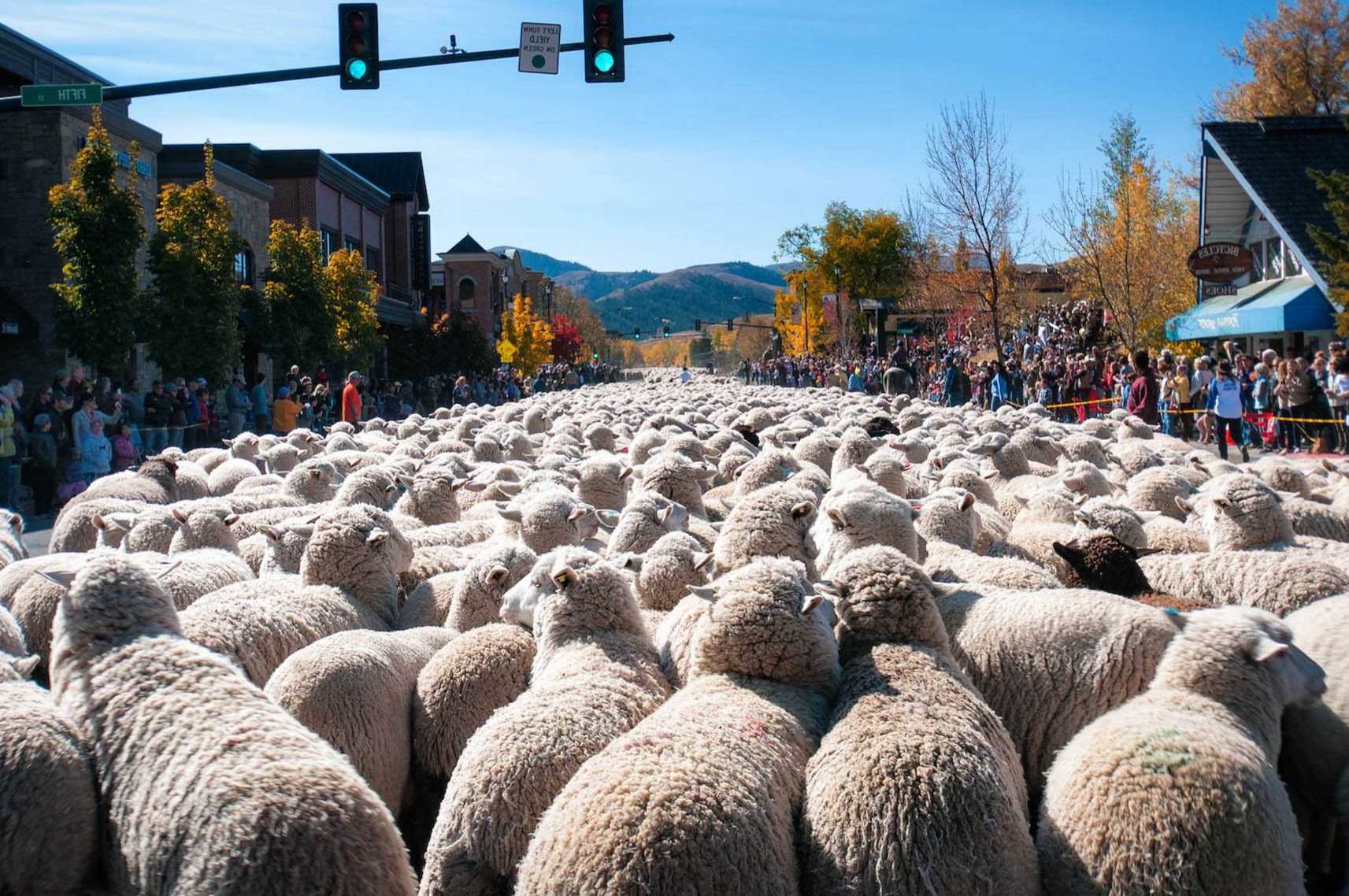Hidden Basque Sheepherding Camps In Oregon

Ever wondered about the hidden gems of Oregon? One of the most intriguing secrets lies in the Basque sheepherding camps scattered across the state. These camps offer a unique glimpse into the lives of Basque immigrants who brought their rich culture and traditions to the American West. Imagine wandering through the picturesque landscapes of Oregon, stumbling upon these historical sites that tell stories of hard work, resilience, and community. Whether you're a history buff, nature lover, or just curious about different cultures, exploring these camps can be a fascinating adventure. Ready to uncover the hidden history of Oregon's Basque sheepherding camps? Let's dive in!
Discovering Hidden Basque Sheepherding Camps in Oregon
Oregon's landscape is dotted with hidden gems, and among them are the Basque sheepherding camps. These camps offer a glimpse into the rich cultural heritage of the Basque people who migrated to the United States in the 19th and 20th centuries. Let's explore some of these fascinating sites.
1. Malheur National Forest
Malheur National Forest is home to several Basque sheepherding camps. The forest's vast expanse provided the perfect grazing grounds for sheep, and the Basque herders left their mark here.
- Log Cabins: These rustic cabins served as temporary homes for the herders. They are simple yet sturdy, reflecting the resourcefulness of the Basque people.
- Aspen Tree Carvings: Known as "arborglyphs," these carvings on aspen trees tell stories of the herders' lives, loves, and experiences.
- Sheep Corrals: These stone corrals were used to pen the sheep at night, protecting them from predators.
2. Steens Mountain
Steens Mountain offers breathtaking views and a rich history of Basque sheepherding. The high desert landscape provided ample grazing land for the sheep.
- Stone Huts: These huts, built from local stone, offered shelter from the harsh weather. They are a testament to the herders' ingenuity.
- Campsites: Scattered across the mountain, these campsites were used by herders during their long stays in the mountains.
- Historic Trails: The trails used by the herders and their sheep can still be traced, offering a glimpse into their daily routines.
3. Harney County
Harney County, with its wide-open spaces, was a prime location for Basque sheepherding. The county's history is deeply intertwined with the Basque culture.
- Sheepherders' Monuments: These monuments, often simple stone structures, were built by the herders to mark significant locations or events.
- Basque Boarding Houses: These houses provided a place for herders to stay when they came to town for supplies or social gatherings.
- Cultural Festivals: Harney County hosts festivals celebrating Basque culture, including traditional music, dance, and food.
4. Wallowa Mountains
The Wallowa Mountains, with their rugged terrain and lush meadows, were another favorite spot for Basque herders. The mountains' beauty and isolation made them ideal for grazing sheep.
- Mountain Shelters: These shelters, often built from logs and stones, provided refuge from the elements.
- Sheep Camps: These camps, located in the high meadows, were used during the summer grazing season.
- Historic Sites: Several sites in the Wallowa Mountains are dedicated to preserving the history of Basque sheepherding.
5. Eastern Oregon
Eastern Oregon's vast landscapes and rich history make it a treasure trove of Basque sheepherding sites. The region's diverse terrain offered a variety of grazing opportunities.
- Sheepherders' Cabins: These cabins, scattered across the region, were used by herders during their long stays in the wilderness.
- Basque Festivals: Eastern Oregon hosts several festivals celebrating Basque culture, including traditional sports, music, and cuisine.
- Historic Markers: These markers, often placed by local historical societies, commemorate the contributions of Basque herders to the region.
6. Owyhee Canyonlands
The Owyhee Canyonlands, with their dramatic landscapes and remote location, were a haven for Basque herders. The canyonlands' rugged beauty provided a perfect backdrop for grazing sheep.
- Rock Shelters: These natural shelters, often enhanced by the herders, provided protection from the elements.
- Sheep Trails: The trails used by the herders and their sheep can still be seen, winding through the canyonlands.
- Cultural Artifacts: Artifacts such as tools, clothing, and personal items left behind by the herders offer a glimpse into their daily lives.
Discovering Oregon's Hidden Basque Sheepherding Camps
Oregon's Basque sheepherding camps offer a unique glimpse into a rich cultural history. These camps, tucked away in the state's vast landscapes, tell stories of hard work, tradition, and community. Visiting these sites, you can see the simple yet sturdy structures where Basque sheepherders lived and worked. The camps are a testament to the resilience and dedication of the Basque people who played a crucial role in Oregon's agricultural history.
Exploring these hidden gems, you not only learn about the past but also gain a deeper appreciation for the cultural diversity that shapes our world. Whether you're a history buff, an outdoor enthusiast, or someone looking for a unique travel experience, the Basque sheepherding camps in Oregon are worth the visit. They remind us of the enduring human spirit and the importance of preserving our cultural heritage.

